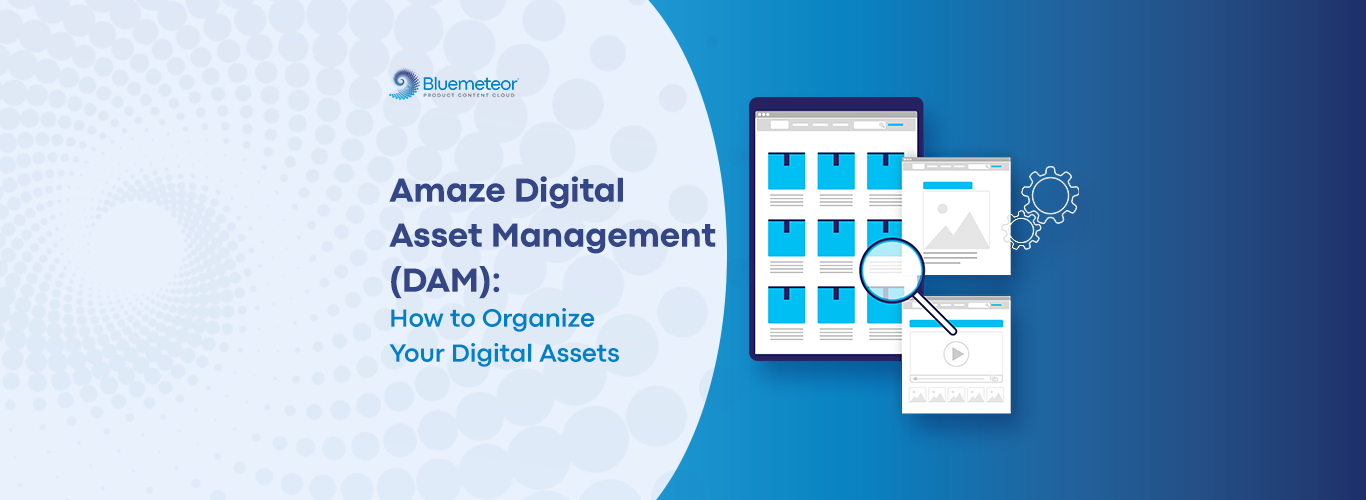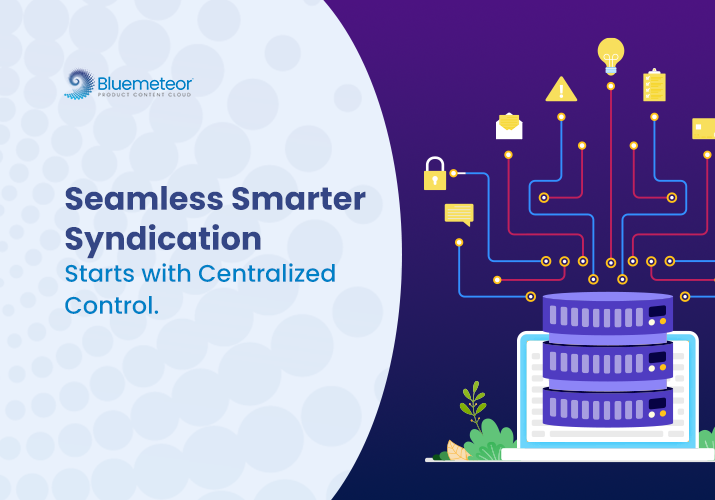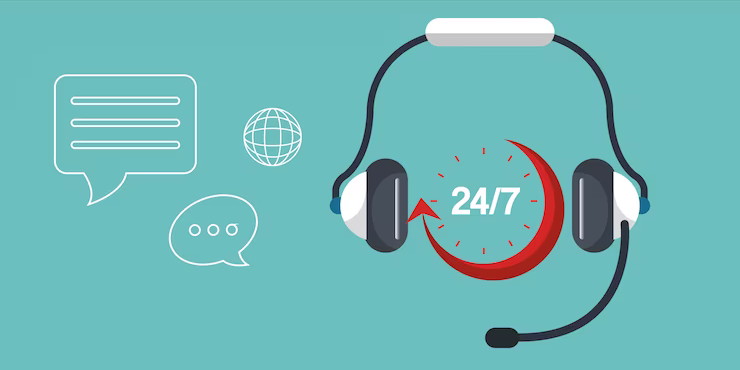Bluemeteor Digital Asset Management (DAM): How to Organize Your Digital Assets

Bluemeteor Digital Asset Management (DAM): How to Organize Your Digital Assets
From auditing your digital assets for best utilization to organizing them right, making the most of your digital assets on Bluemeteor’s Digital Asset Management (DAM) is all about getting the basics right. Get them in place and your business can go a long way in providing customers with a differentiated product experience.
At the core, Bluemeteor Digital Asset Management (DAM) or ‘Dazzle’ gives your business the ability to store, organize and leverage digital assets from a centralized location. These assets could include pictures, logos, audio files, graphics, videos, presentations, animations and much more.
However, with Bluemeteor’s DAM platform, you get much more. The centralized platform gives your teams the power to collaborate better and make the most of the digital assets at your disposal. Whether it’s meta tagging for SEO improvement or preview options for the customer’s PoV, the platform has it all.
So how is it that you can do your best to organize your digital assets and make the most of all the benefits Bluemeteor PXM has to offer? Here are a few tips:
Audit your Digital Assets
Before you can hit the ground running with Bluemeteor DAM, take a good close look at all the digital assets your business possesses. This will give you a clear idea of which of these assets are of value to which department, team or individual.
Additionally, get a bird’s-eye-view of your digital assets for better clarity on how you would like to organize these assets. At this point, it is crucial to involve concerned individuals or collectives to get a word in, so a DAM system can be put in place so as to best serve these stakeholders. This also helps boost adoption greatly.
Leverage Metadata
In simple terms, metadata is that data that describes your data. So, why is it important? With metadata, you can store useful additional information that describes digital assets in high detail.
This, for example, could include keywords to describe an image, image dimensions, folder location and so on. Doing so makes the asset easy to find even if you have an ever-growing repository of digital assets.
It doesn’t just help team members avoid the trouble of sifting through thousands of files and folders, but also plays a key role in improving SEO rankings.
Structure and Organize
Just as it is important to use metadata to make your digital assets easily findable, it is equally pertinent to structure and organize your digital assets for the same reason. Use a consistent format for file and folder naming, create a logical taxonomy of folders and sub-folders to store this information and ensure that it is structured under a universally acceptable logic.
This brings to show that intuitive and structured taxonomy is just as important for internal teams as it is for customers. Again, just as you would use keywords for meta-tagging assets, you should do the same for file and folder naming.
In terms of hygiene, ensure that your storage structure has no room for duplication. The same asset should not exist in different folders, and updates made to these assets should be visible across teams and stakeholders.
Set the Right Rules
The last thing you would want your DAM system to be is a dumping ground for digital assets. You must put in place a set of rules for access and ensure that digital assets are being uploaded and deployed in keeping with these rules.
Set the right access rules for teams and ensure that a permission mechanism is in place. A DAM system comes with a whole lot of features and functions ranging from uploading, editing and deploying assets to previewing and versioning them.
Make sure that the right team members have the required access to the functions they need and there is no conflicting overlap between departments.
The efficacy of your digital assets depends on how well you organize and leverage them. And the above-mentioned steps will go a long way in ensuring that you’re setting the right foundation for your business’s digital ascent.
With a tool like Bluemeteor’s Digital Asset Management (DAM) at your disposal, the rest of the ride is bound to be a smooth one. Not only does the tool give you the access to execute all the mentioned steps with ease, but it also helps your businesses take it to the next level…to improve product experience, and truly dazzle your customers!




